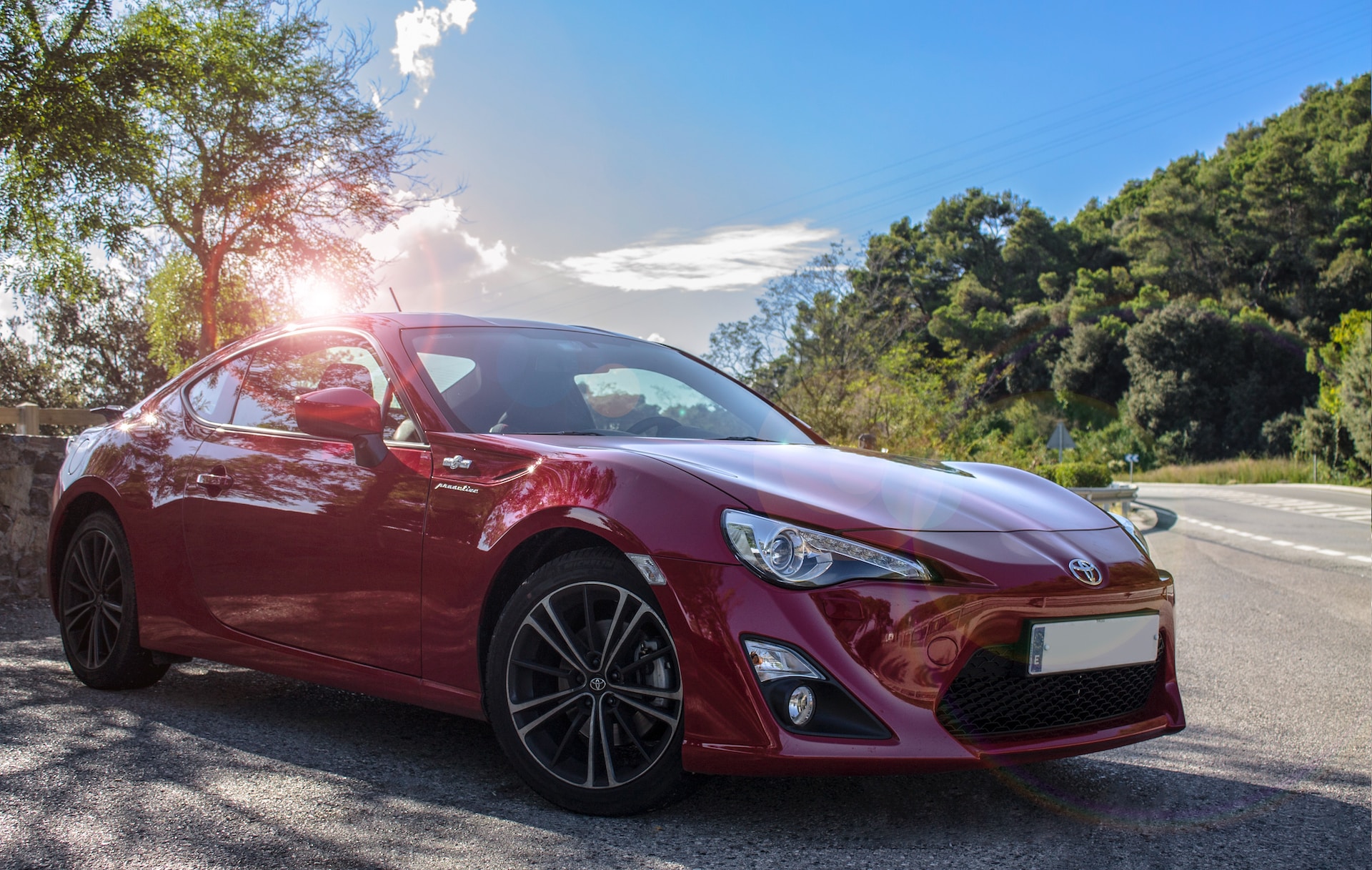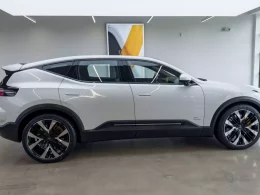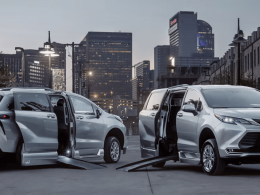Auto insurance is a crucial component of vehicle ownership, yet many drivers overlook its impact on their overall car budget. Understanding how auto insurance costs are determined and how they integrate into your financial plan can help you make informed decisions and manage your expenses more effectively. This article delves into the factors that influence auto insurance costs and provides insight into how these costs fit into the broader scope of your car budget.
Factors Influencing Auto Insurance Costs

Auto insurance costs are influenced by a variety of factors, each of which plays a role in determining your premium. Understanding these factors can help you identify areas where you might be able to reduce costs or adjust your coverage.
1. Driving Record
Your driving record is one of the most significant factors affecting your auto insurance premium. Insurance companies assess your risk based on your history of traffic violations and accidents. A clean driving record typically results in lower premiums, while a history of accidents or speeding tickets can increase your costs.
2. Vehicle Type
The make, model, and year of your vehicle significantly impact your insurance rates. High-performance or luxury vehicles often come with higher premiums due to their increased repair and replacement costs. Conversely, vehicles with high safety ratings and lower repair costs may lead to lower premiums.
3. Location
Where you live also affects your auto costs. Areas with high crime rates or heavy traffic tend to have higher premiums due to the increased risk of theft and accidents. Additionally, urban areas often have higher insurance costs compared to rural areas.
4. Age and Gender
Young drivers, particularly teenagers, often face higher rates due to their inexperience on the road. Similarly, statistical data shows that young male drivers are more likely to be involved in accidents, which can lead to higher premiums. As drivers age and gain more experience, their insurance rates generally decrease.
5. Coverage Levels
The amount and type of coverage you choose directly impact your costs. Basic liability coverage is typically cheaper than comprehensive or collision coverage. Adding extras such as roadside assistance or rental car reimbursement will increase your premium.
6. Deductibles
The deductible is the amount you pay out-of-pocket before your kicks in. Choosing a higher deductible usually results in lower monthly premiums, but it means you’ll need to pay more if you have a claim. Conversely, a lower deductible means higher premiums but less out-of-pocket expense in the event of a claim.
Comparative Analysis of Auto Insurance Costs
To provide a clearer picture of how different factors affect auto costs, the following comparative analysis examines two hypothetical drivers: Driver A and Driver B. Both have the same vehicle but differ in key factors such as driving record, location, and age.
Comparative Table: Auto Insurance Costs
| Factor | Driver A | Driver B |
|---|---|---|
| Driving Record | Clean record | Several speeding tickets |
| Vehicle Type | 2022 Toyota Corolla | 2022 BMW M3 |
| Location | Suburban area | Urban area |
| Age | 35 years old | 22 years old |
| Coverage Levels | Basic liability only | Comprehensive and collision coverage |
| Deductibles | $500 deductible | $1,000 deductible |
| Monthly Premium | $100 | $250 | | Annual Premium | $1,200 | $3,000 |
Analysis
- Driving Record: Driver A’s clean record results in a significantly lower premium compared to Driver B, who has multiple speeding tickets.
- Vehicle Type: Driver B’s BMW M3, being a high-performance vehicle, leads to a much higher premium than Driver A’s Toyota Corolla.
- Location: Driver B’s urban location contributes to higher insurance costs compared to Driver A’s suburban setting.
- Age: Driver B’s younger age is associated with higher insurance rates due to increased risk. Driver A benefits from lower rates due to more experience.
- Coverage Levels: Driver B’s choice of comprehensive and collision coverage increases their premium significantly compared to Driver A’s basic liability coverage.
- Deductibles: Driver A’s lower deductible results in higher premiums compared to Driver B’s higher deductible, though Driver B faces lower monthly costs.
Integrating Auto Insurance Costs into Your Overall Car Budget
Auto insurance is just one part of your overall car budget, which also includes expenses such as fuel, maintenance, registration, and loan payments. To effectively manage your car budget, it is essential to consider how insurance costs fit into the broader financial picture.
1. Total Cost of Ownership
When budgeting for a car, it’s crucial to account for all costs associated with ownership. This includes not only the purchase price but also ongoing expenses such as insurance, fuel, maintenance, and repairs. By understanding the total cost of ownership, you can better plan your budget and avoid unexpected expenses.
2. Insurance as a Percentage of Your Budget
Insurance costs typically represent a significant portion of your car-related expenses. To maintain financial stability, it’s important to monitor how insurance costs fit into your overall budget. For example, if your insurance premium is $1,200 annually, this translates to $100 per month, which should be factored into your monthly car budget alongside other expenses.
3. Strategies for Reducing Insurance Costs
There are several strategies you can employ to reduce your auto insurance costs:
- Shop Around: Compare quotes from multiple insurance providers to find the best rate.
- Bundle Policies: Consider bundling your auto insurance with other policies, such as home insurance, to qualify for discounts.
- Maintain a Clean Driving Record: Avoid traffic violations and accidents to keep your premiums low.
- Increase Deductibles: Opt for a higher deductible to lower your monthly premiums, but ensure you can afford the deductible in case of a claim.
- Seek Discounts: Look for available discounts, such as those for safe driving, low mileage, or membership in certain organizations.
4. Long-Term Financial Planning
As you plan for the future, consider how changes in your life circumstances might affect your auto insurance costs. For example, moving to a different location, changing vehicles, or reaching a different age bracket can all influence your premiums. Regularly reviewing your insurance policy and adjusting coverage as needed can help you stay within your budget.
Analysis Table
| Factor | Impact on Premium for Driver A | Impact on Premium for Driver B |
|---|---|---|
| Driving Record | Lower due to clean record | Higher due to traffic violations |
| Vehicle Type | Lower due to standard vehicle | Higher due to luxury vehicle |
| Location | Lower due to suburban setting | Higher due to urban setting |
| Age | Lower due to mature age | Higher due to young age |
| Coverage Levels | Lower with basic coverage | Higher with comprehensive coverage |
| Deductibles | Higher premium with low deductible | Lower premium with high deductible |
By understanding these aspects, you can better manage your auto insurance costs and integrate them into your overall budget, helping you maintain financial health and make the most of your vehicle ownership experience.
Conclusion
Understanding auto insurance costs and how they fit into your overall car budget is essential for effective financial management. By considering factors such as driving record, vehicle type, location, and coverage levels, you can make informed decisions about your insurance policy. Integrating these costs into your broader financial plan and employing strategies to reduce premiums can help you maintain control over your car-related expenses and ensure long-term financial stability.











